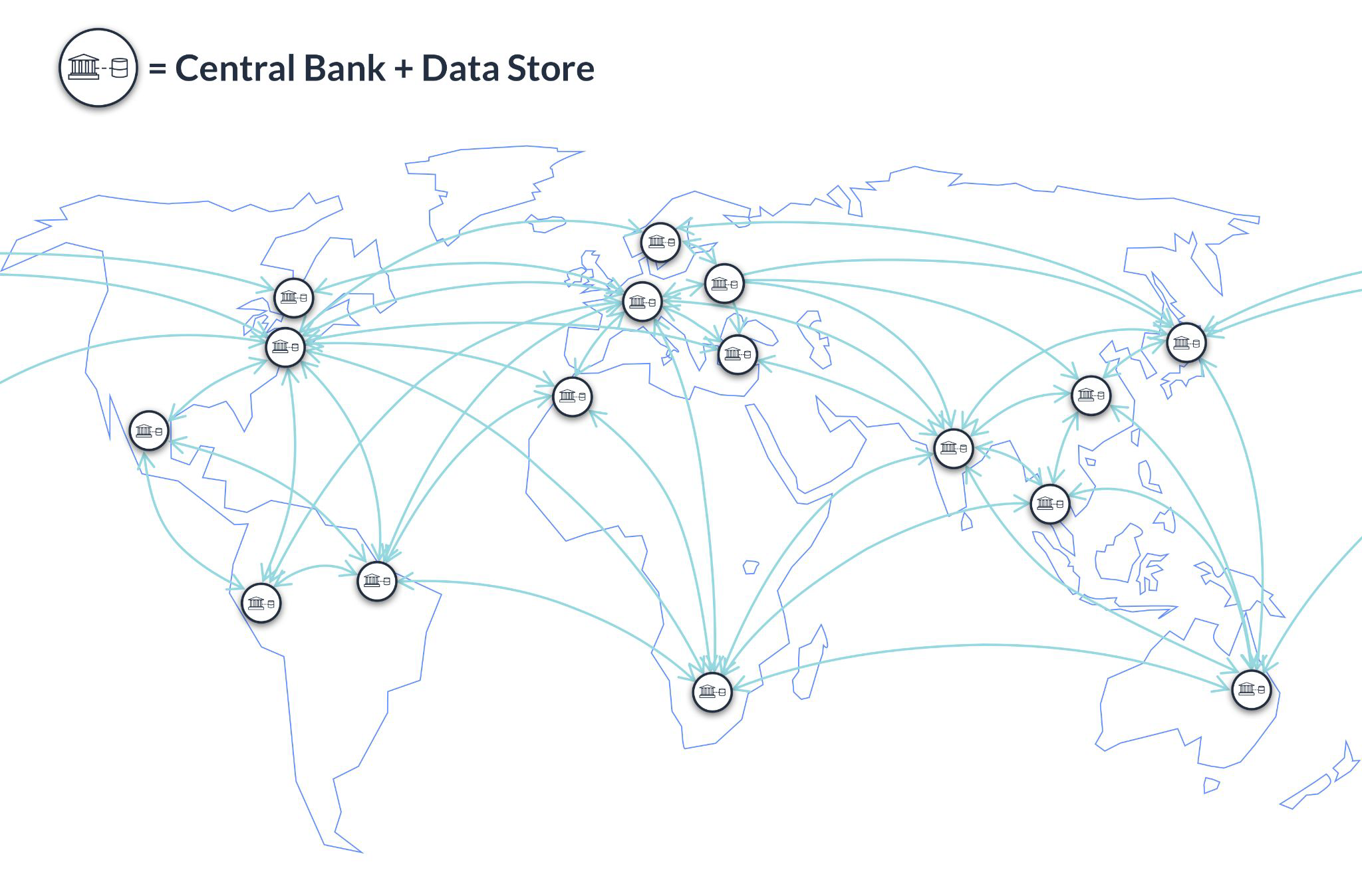Data privacy
A CBDC solution should feature privacy across, as well as within, ledgers. While every central bank will set their own standard, the technology should support stringent privacy protocols that are built into the smart contract and enforced on a sub-transactional level. Confidential information resides with its owner (regardless of whether blockchain or traditional databases are used), and rights and permissions are set at a granular level to protect the ‘need to know’ principle. This limits the scope of data used or shared while still allowing authorities to monitor the legality of transactions.

